Sever’s disease
1.Definition:
Sever's disease, also known as calcaneal apophysitis, is a common cause of heel pain in children, particularly those who are active and going through periods of rapid growth. It is characterized by inflammation and irritation of the growth plate in the heel bone (calcaneus), where the Achilles tendon attaches.
Sever's disease typically occurs in children between the ages of 8 and 14, during the growth spurt years. It is more common in children who participate in sports or activities that involve running, jumping, or repetitive impact on the heels, such as soccer, basketball, gymnastics, or track and field.
2. Principal causes:
The exact cause of Sever's disease is not fully understood, but it is believed to be related to the growth plate being subjected to repetitive stress and tension from the Achilles tendon, especially during activities that involve high-impact or sudden changes in direction. Additionally, biomechanical factors such as flat feet (pes planus) or high arches (pes cavus) may contribute to the development of Sever's disease.
3. Symptoms:
Symptoms of Sever's disease may include:
Heel pain, particularly during or after physical activity.
Swelling and tenderness in the back of the heel.
Difficulty walking or limping, especially upon waking up in the morning or after periods of rest.
Increased pain with squeezing the sides of the heel.
Diagnosis of Sever's disease is typically based on a physical examination, including a review of symptoms and a careful evaluation of the foot and ankle. Imaging studies such as X-rays may be ordered to rule out other possible causes of heel pain and to assess the extent of involvement of the growth plate.
4. Our treatment in EvivaPHYSIO:
Treatment for Sever's disease focuses on relieving pain and inflammation, as well as reducing stress on the heel bone to allow for healing. This may include:
Rest and activity modification: Avoiding activities that aggravate symptoms, particularly those that involve running or jumping.
Ice therapy: Applying ice packs to the heel for 15-20 minutes several times a day to reduce pain and inflammation.
Stretching and strengthening exercises: Gentle stretching of the calf muscles and Achilles tendon, as well as exercises to strengthen the muscles of the foot and ankle, can help improve flexibility and support the heel.
Supportive footwear: Wearing supportive shoes with cushioned soles and good arch support can help reduce stress on the heel bone.
Orthotic devices: Custom orthotic inserts or heel cups may be recommended to provide additional support and cushioning for the heel.
In most cases, Sever's disease resolves on its own once the growth plate closes and the bones stop growing, typically by the mid to late teens. However, symptoms can persist for several months to a year or more in some cases. With appropriate management and lifestyle modifications, most children with Sever's disease can continue to participate in sports and activities while their heels heal.

